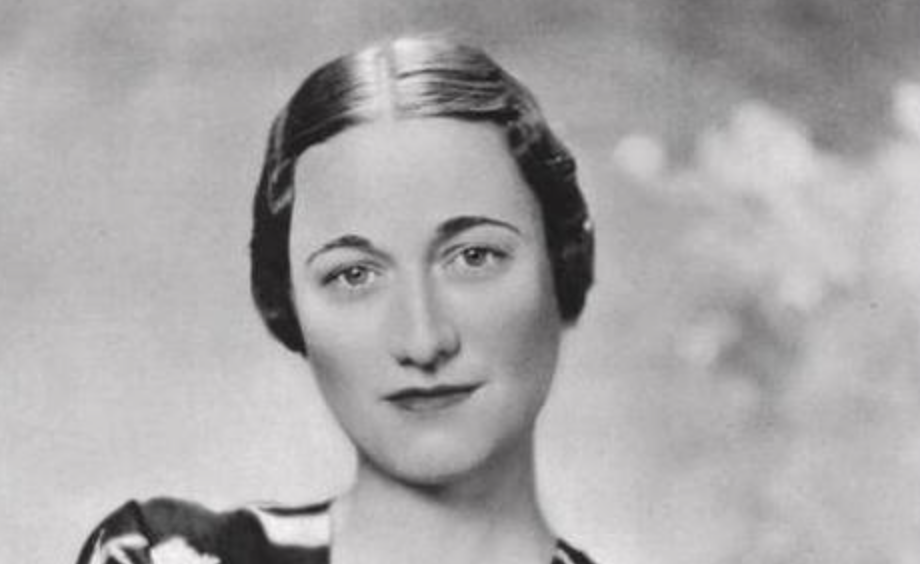
On 27 May 1937, just a few days before Wallis Simpson and the former King Edward VIII were due to be married, a letter arrived from King George VI with “not very good news.” Edward then learned that while Wallis would become Duchess of Windsor upon marriage, she would be denied the usual style of Her Royal Highness. He commented, “This is a nice wedding present.”
This decision was against the royal practice, and British common law, as a wife automatically takes her status and rank from her husband unless her own rank is higher. When Lady Elizabeth Bowes-Lyon married the Duke of York (the future King George VI), this statement was released: “In accordance with the settled general rule that a wife takes the status of her husband Lady Elizabeth Bowes-Lyon on her marriage has become Her Royal Highness the Duchess of York with the status of a Princess.” King George VI had faced considerable opposition from both his wife and his mother. They simply would not receive Wallis and demanded that he would find a way to deprive her of becoming an HRH.
King George VI discussed the issue with prime minister Stanley Baldwin, as he believed that once Wallis became a Royal Highness, she would remain one for life even after divorce. He was either unaware of the complexity of the issue or (deliberately?) misinformed. Perhaps he believed that as the sovereign, as Fountain of Honours, all titles, awards and peerages are said to descend via the throne through the monarch. Still, he had no active role in the acquisition of the style of HRH by any of the other royal wives by marriage.
It was then decided that the only way forward was to deprive the Duke of Windsor of his royal rank and then restore it with restrictions. Letters Patent were drawn up and declared that King Edward VIII had, upon abdicating the throne, lost all royal rank and status. King George VI would recreate him a Royal Duke with the style of HRH. He added that the 1917 Letters Patent issued by King George V restricted the style of Royal Highness to those in the lineal succession to the throne, which wasn’t the case. According to the new Letters Patent, King George VI was actually making an exception in granting him the style of HRH and therefore claimed also to be able to restrict it to him alone.
However, the former King had never lost his royal rank. On 5 February 1864, Queen Victoria had issued Letters Patent saying, “that besides the Children of Sovereigns of these Realms, the Children of the Sons of any Sovereign of Great Britain and Ireland shall have and at all times hold and enjoy the title, style and attribute of “Royal Highness,” with their titular dignity of Prince or Princess prefixed to their representative Christian names.” Queen Victoria’s Letters Patent were later confirmed by King George V in 1917. The only way the former King’s royal rank or style of HRH could have been taken away would have been through the issuance of Special Letters Patent, which specifically deprived him of these. This was never done, not even during the abdication process. King George VI had even – inadvertently – recognised his brother’s royal rank immediately after his abdication by instructing Sir John Reith to introduce him as His Royal Highness Prince Edward before his speech to the nation.
It was obvious that King George VI was using the denial of the style of HRH for the Duchess as a way to keep both of them out of the country. The Duke had vowed never to return to England unless Wallis was an HRH. Unofficially, their own household began referring to the Duchess as “Son Altesse Royale.” And while even an article in Burke’s Genealogical and Heraldic History of the Peerage, Baronetage and Knightage called the denying of the style of HRH “this most flagrant act of discrimination in the whole history of our dynasty”, the issue would follow them to the grave. While the Duke’s tombstone lists him as “HRH The Prince Edward Albert Christian George Andrew Patrick David, Duke of Windsor”, Wallis’ tombstone simply reads “Wallis, Duchess of Windsor.”

